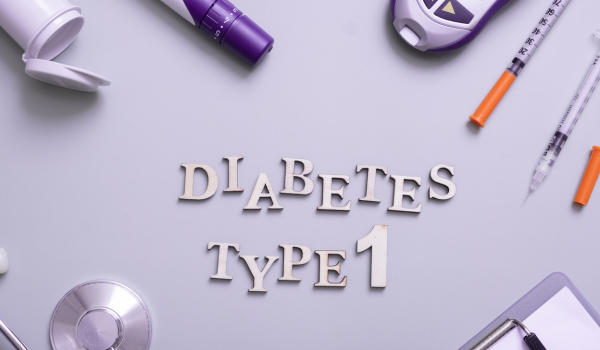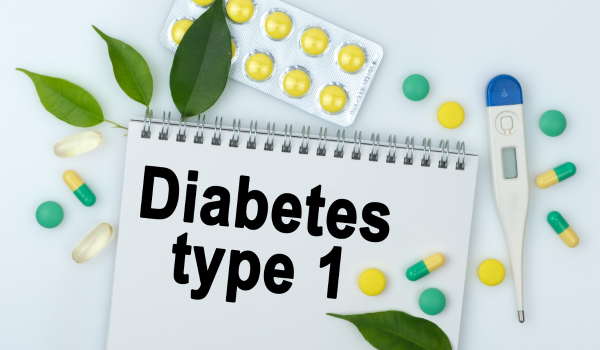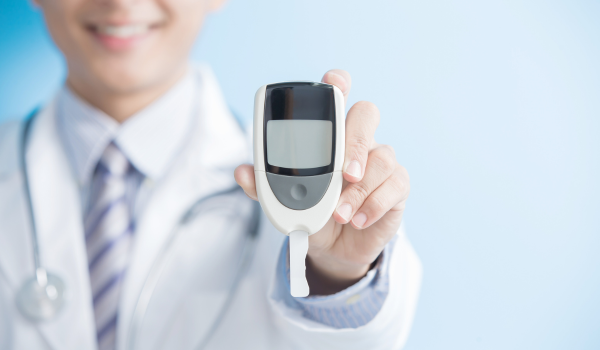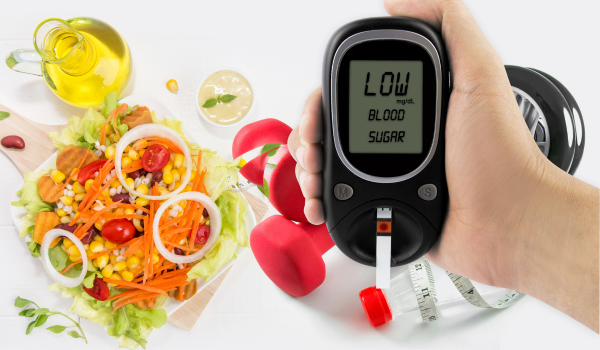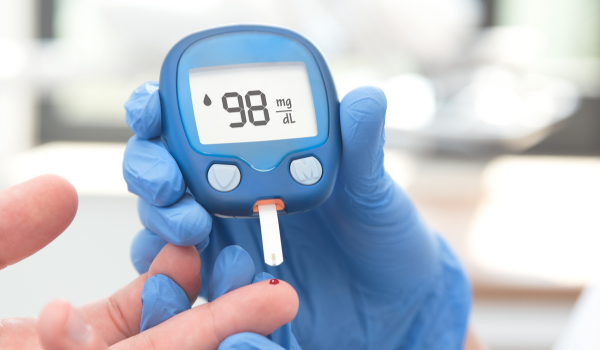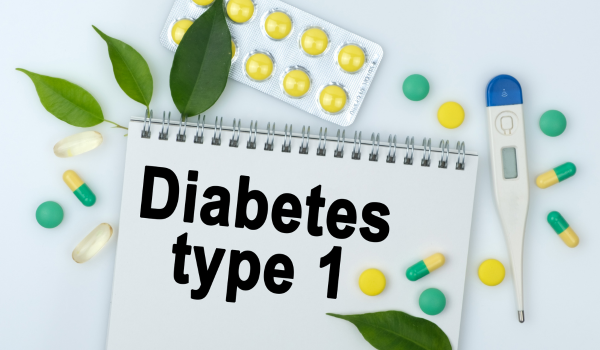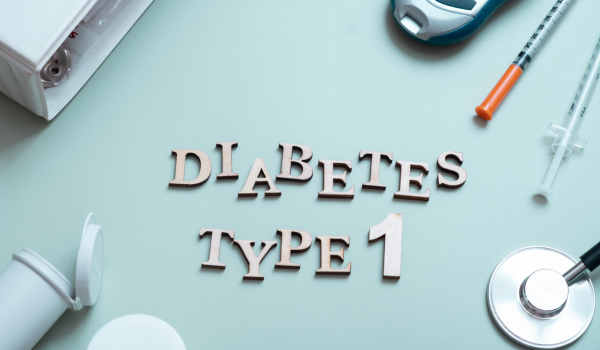
Frequent Urination
One of the earliest and most common signs of type 1 diabetes is frequent urination. This occurs because high blood sugar levels overwhelm the kidneys. Normally, the kidneys filter glucose and return it to the bloodstream. But when blood sugar is too high, the kidneys cannot reabsorb all the glucose, causing it to spill into the urine. Glucose in the urine draws water with it, leading to increased urine volume.
Children may begin bedwetting again after being dry for years, while adults may find themselves waking up multiple times at night to urinate. If this symptom appears suddenly without another explanation, it should raise suspicion of type 1 diabetes.
Excessive Thirst
The constant urination caused by high blood sugar quickly leads to dehydration. The body attempts to compensate by triggering an unquenchable thirst, known as polydipsia.
No matter how much water is consumed, the cycle continues: excess glucose pulls water into the urine, leading to dehydration, which triggers more drinking. People often describe this thirst as different from normal—persistent, uncomfortable, and never fully relieved.
Unexplained Weight Loss
Sudden and unexplained weight loss is another red flag. Because the body cannot use glucose effectively, it turns to alternative energy sources: fat and muscle. This leads to rapid loss of body weight, even if appetite remains normal or even increased.
Parents often notice children losing weight despite eating constantly. Adults may feel thinner and weaker in a matter of weeks. This weight loss is often dramatic and one of the clearest warning signs that something is wrong.
Extreme Hunger
Paradoxically, despite losing weight, people with type 1 diabetes may experience extreme hunger—a symptom called polyphagia.
The body’s cells are starving for energy because glucose remains trapped in the bloodstream. To compensate, the brain sends strong hunger signals, driving the person to eat more. Unfortunately, without insulin, food intake does not resolve the energy shortage, and the cycle continues.
Persistent Fatigue
Another common symptom is persistent fatigue. When the body cannot move glucose into cells, energy production drops. The result is constant tiredness, lack of motivation, and mental fog.
Children may appear unusually inactive, while adults may struggle to perform daily tasks. This is not ordinary tiredness—it’s a profound lack of energy caused by metabolic dysfunction.
Blurred Vision
High blood sugar can also affect the eyes, leading to blurred vision. Elevated glucose changes fluid balance in the lenses of the eyes, altering their shape and impairing focus.
This symptom often fluctuates, worsening when blood sugar rises and improving when it drops. Left untreated, prolonged high glucose can damage blood vessels in the retina, eventually leading to permanent vision problems.
Slow-Healing Wounds
Cuts, scrapes, and other minor injuries may take longer than usual to heal. High blood sugar damages blood vessels and impairs circulation, limiting oxygen and nutrients needed for healing.
Additionally, the immune system is compromised, making it harder to fight infections. Even small wounds can become serious if ignored. This is why foot care is especially important for people with diabetes.
Skin and Yeast Infections
Frequent skin infections and yeast infections are also early warning signs. Bacteria and fungi thrive in high-glucose environments.
-
Women may experience recurring vaginal yeast infections.
-
Men may develop fungal infections in moist areas of the body.
-
Children may suffer from persistent diaper rashes.
These infections often reappear even after treatment, signaling an underlying immune imbalance.
Mood Changes
Unexplained irritability, mood swings, or difficulty concentrating may be linked to type 1 diabetes. The brain depends heavily on glucose for energy, and fluctuations in blood sugar can disrupt normal brain function.
Children may seem unusually cranky, while adults may experience depression or anxiety. If mood changes appear alongside other physical symptoms, diabetes should be considered.
Nausea and Vomiting
As the disease progresses, the lack of insulin may trigger a dangerous complication called diabetic ketoacidosis (DKA). Without insulin, the body breaks down fat for energy, producing acids called ketones. When ketones build up in the blood, they cause nausea, vomiting, stomach pain, and fruity-smelling breath.
DKA is a medical emergency and often the way type 1 diabetes is first diagnosed. Recognizing nausea and vomiting in combination with other signs is critical for early treatment.
Breath Changes
Another symptom linked to ketoacidosis is unusual breath odor. People often describe it as fruity or sweet, caused by the presence of acetone (a type of ketone) in exhaled air.
This is not a minor issue—fruity breath combined with nausea, rapid breathing, and confusion can indicate life-threatening DKA, requiring immediate hospital care.
Rapid Breathing
When ketones build up, the body tries to correct the acid imbalance by increasing breathing rate. This is known as Kussmaul breathing—deep, rapid breaths that may seem labored.
This symptom indicates advanced metabolic imbalance and should never be ignored. It often appears just before or during severe diabetic ketoacidosis.
Recurring Illnesses
Weakened immunity in type 1 diabetes makes individuals more prone to infections like the flu, respiratory illnesses, or urinary tract infections. Frequent illness is often a clue that blood sugar regulation is impaired.
Parents sometimes notice children catching colds repeatedly or struggling with infections that take longer to resolve.
Nighttime Symptoms
Type 1 diabetes symptoms often become most noticeable at night. Children may wet the bed despite being previously dry, while adults may wake up multiple times to urinate or drink water. Night sweats and restless sleep may also occur.
These nighttime patterns are particularly telling when they appear suddenly in otherwise healthy individuals.
When to Seek Help
Many symptoms of type 1 diabetes—fatigue, thirst, mood changes—can be mistaken for everyday issues. However, when several appear together, particularly alongside unexplained weight loss and increased urination, medical attention is urgent.
Delaying care can allow blood sugar to rise dangerously high, leading to diabetic ketoacidosis. Since DKA can be fatal if untreated, recognizing and acting on early signs of type 1 diabetes is critical.
Early Detection Saves Lives
Early diagnosis of type 1 diabetes can prevent severe complications. Blood tests for glucose levels and diabetes-related autoantibodies can confirm the disease before it becomes life-threatening.
Families with a history of diabetes should remain vigilant for warning signs in children, as they are often the first to show symptoms.
Public awareness campaigns stress that recognizing these symptoms can save lives by prompting faster diagnosis and treatment.
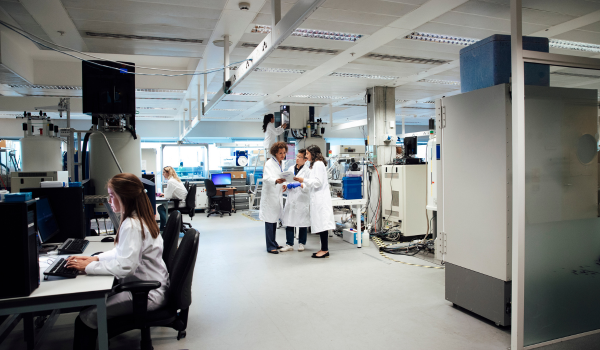
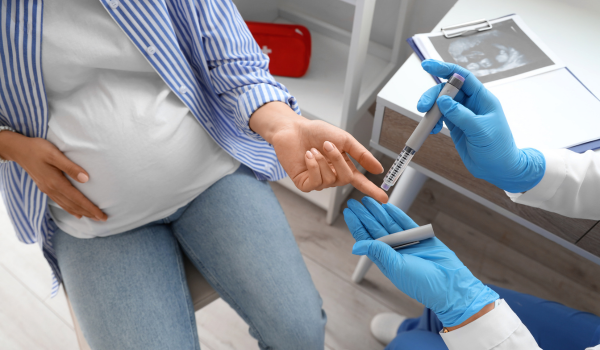




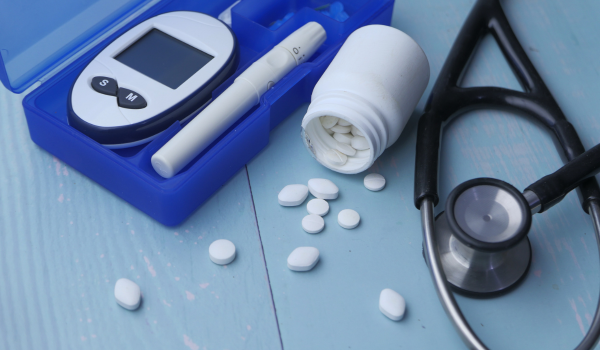


.png)

